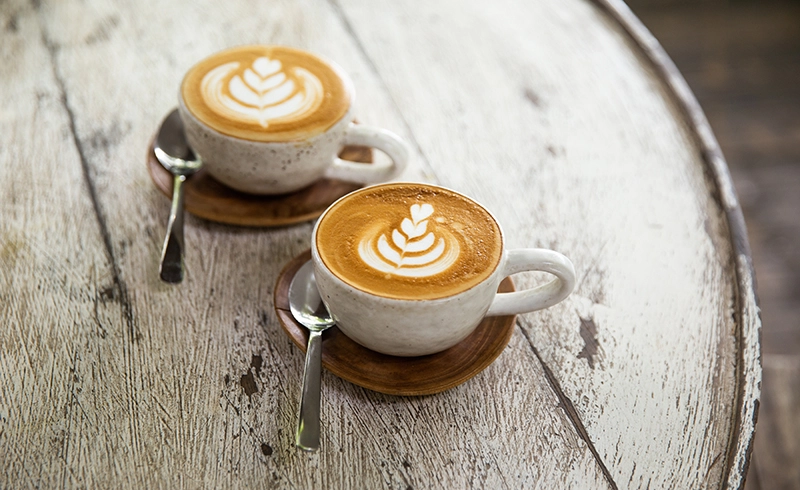Blogs

Latte art is a specialty café mainstay. While its taste-enhancing role is still up for debate, the symmetrical designs readily enhance the coffee drinking experience, therefore having a massive bearing on the presumed texture and profiles.
Then again, before you start incorporating the same into your barista or specialty cafés, you must perfect the concept and ensure that latte art does impact the coffee flavors in the best possible way.
The Main Essence of Latte Art
Latte art, as adopted by baristas, is a good way to show the care and willingness to innovate. While a customer on the clock might not even be able to tell the difference between a simple espresso and the simmering cup with innovative latte art, it still shows the efforts put in by the baristas to make the coffees’ look and taste unique.
The Microfoam Matters!!!
While the art itself might not be an effective way to enhance the taste of the coffee, the microfoam, certainly has a part to play. Before even taking the first sip, you come in contact with the microfoam or a spoonful of whipped fresh cream that needs to be bolstered with a sweetener. The coffee sprinkled on top of the foam presents a mesmerizing aroma, riding along on the foamy bubbles. Therefore, perfectly presented or crafted microfoam allows you to get the actual aroma before even tasting the coffee.
As the microfoam or rather the base of the latte artworks as a taste-enhancing agent, you must prepare the same with the utmost care by perfecting the ingredients, consistency, texture, and temperature.

Mistakes to Avoid
Now that we know how important the microfoam is to the overall concept of latte art, there isn’t any room for mistake, the texture of the art needs to be perfect. For starters, the milk or the cream must not be bubbly, thick, or thin as it would then lead to wobbly latte art and light-bodied foam with no heft.
The finished texture must resemble molten ice-cream and would require a lot of practice. A good way to achieve the mentioned foam texture is by swirling the existing cream until the patterns and smoothness are balanced out.
Is the quality of Milk Relevant?
Most definitely as the best microfoam can only be envisioned if you rely on full cream or rather full-fat milk. The thickness of whole milk keeps the texture intact for long and even minimizes the bitterness of the coffee powder, courtesy of the higher fat content in the milk.
Apart from the quality of milk, the temperature has a massive role to play when it comes to perfecting the latte art. For this coffee art to work, you must wait for the milk to reach 140-degree Fahrenheit, purge the same for a while and add in a few vehement towel wipes. At this point, your milk foam is all set to make an appearance. However, it would be advisable to fine-tune the same by killing bubble formation completely by tapping the milk pitcher onto a flat surface.
Final Steps
The final process starts when the ingredient-specific, high-quality milk foam is poured into the cup as slowly as possible. This way, the latte art will have a defining contrast and ample depth. Moreover, for the best presentation, the pouring process must be continuous and shouldn’t break the espresso cream. In case the latte art and the concerned microfoam starts to deepen within the cup, the bitterness of the coffee readily takes a backseat.
































